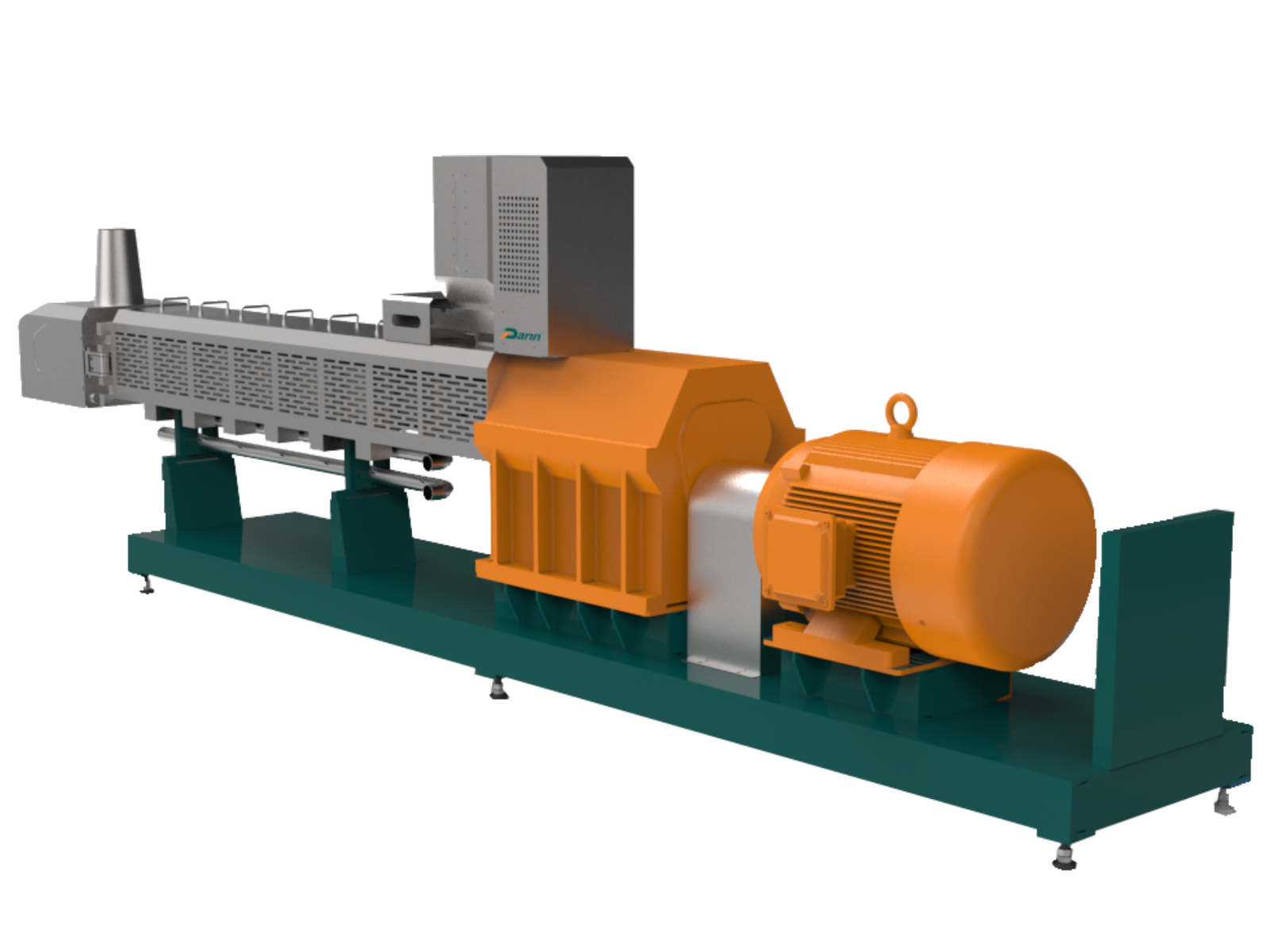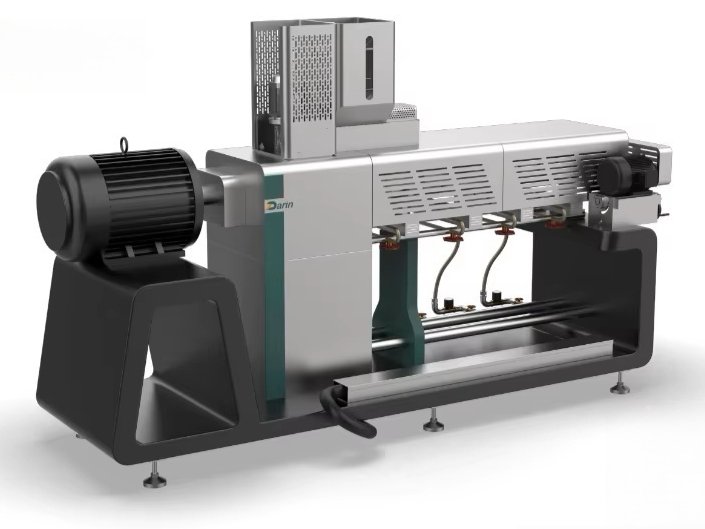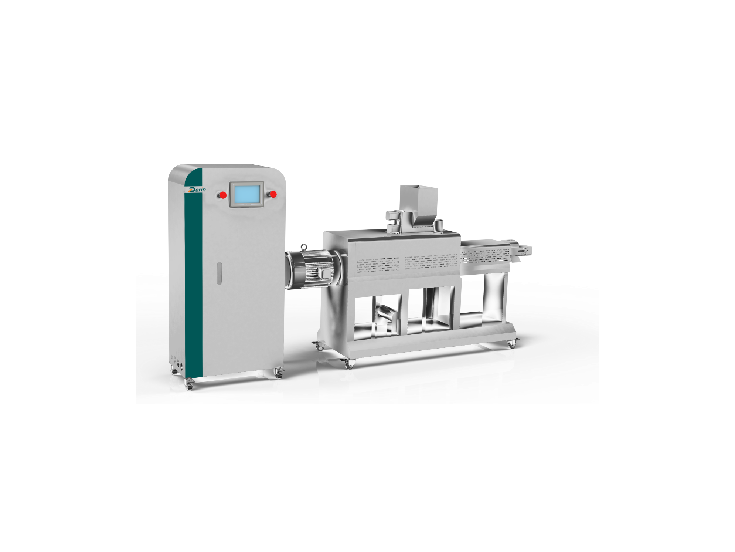How to Start Your Own Dog Food Business: A Comprehensive Guide

The pet food industry is booming, but many dog owners struggle to find high-quality, nutritious, and trustworthy dog food.
Big brands often use fillers, preservatives, and artificial ingredients, leaving pet owners frustrated and searching for healthier alternatives. Entering the market with a unique, high-quality product can be challenging without a clear business plan.
This guide will help you start your own dog food business, covering everything from legal requirements to manufacturing, branding, marketing, and distribution.
To start a dog food business, research the market, develop a unique recipe, ensure compliance with pet food regulations, create a business plan, source quality ingredients, choose a manufacturing method, and establish branding and distribution channels. Marketing through social media, e-commerce, and pet stores will help grow your brand.
Starting a dog food business can be profitable and fulfilling, especially with the increasing demand for organic and specialized pet foods. In this guide, we’ll explore every step needed to launch a successful dog food brand.
1️⃣ Understanding the Dog Food Industry
The global pet food market is projected to reach $150 billion by 2030, with natural and organic pet food segments growing rapidly.
Key Trends:
✅ Demand for organic, grain-free, and human-grade dog food.
✅ Growth in customized pet diets based on allergies, breed, or age.
✅ Increasing preference for direct-to-consumer (DTC) pet food brands.
Who Are Your Competitors?
- Premium brands (Blue Buffalo, Orijen, The Farmer’s Dog)
- Mass-market brands (Pedigree, Purina)
- Homemade & niche brands (small businesses offering unique diets)
Understanding these trends will help position your brand in the right niche for success.
2️⃣ Market Research & Business Planning
Before launching, research what dog owners want and analyze your competitors.
Steps to Conduct Market Research
📊 Survey pet owners about their dog food preferences.
📈 Analyze competitors’ products, pricing, and branding.
💡 Identify gaps in the market (e.g., vegan dog food, allergen-free formulas).
Creating Your Business Plan
Your business plan should include:
✔ Executive Summary: Your brand vision, mission, and goals.
✔ Market Analysis: Target audience, competitors, and demand.
✔ Product Line: Dog food types (dry, wet, raw, freeze-dried).
✔ Operations Plan: Manufacturing, suppliers, distribution.
✔ Financial Plan: Startup costs, pricing, and revenue projections.
💰 Estimated Startup Costs: $10,000 – $50,000 (varies by scale).
3️⃣ Creating Your Unique Dog Food Recipe
Your recipe will define your brand and attract loyal customers.
Key Considerations:
✔ Ingredient Quality: Use human-grade, organic, or raw ingredients.
✔ Nutritional Balance: Ensure AAFCO (Association of American Feed Control Officials) compliance.
✔ Special Diets: Offer options for allergies, weight management, or senior dogs.
Recipe Development Process
1️⃣ Consult a veterinary nutritionist to ensure balanced formulas.
2️⃣ Develop sample batches and test them with pet owners.
3️⃣ Adjust the taste, texture, and digestibility based on feedback.
Example Recipe (Grain-Free Chicken & Sweet Potato Dog Food)
- Protein: Free-range chicken
- Carbs: Sweet potatoes & peas
- Fats: Salmon oil for a healthy coat
- Fiber: Pumpkin for digestion
- Vitamins & Minerals: Organic supplements
4️⃣ Legal Requirements & FDA Regulations
Before selling, you must meet state and federal regulations.
Pet Food Compliance Checklist
✅ Register with the FDA (Food & Drug Administration).
✅ Follow AAFCO standards for pet food labeling and nutrition.
✅ Obtain a business license and any state-specific permits.
✅ Ensure GMP (Good Manufacturing Practices) in production.
✅ Test for contaminants, bacteria, and nutritional accuracy.
📜 Pro Tip: Work with a legal consultant to avoid compliance issues.
5️⃣ Manufacturing & Production Options
Decide how to produce your dog food based on scale and budget.
1. Home-Based Production (Small Scale)
✅ Lower startup costs, ideal for boutique brands.
❌ Limited production capacity, requires licensing.
2. Commercial Kitchen (Mid-Scale)
✅ Can scale up while maintaining quality control.
❌ Requires investment in equipment and facilities.
3. Co-Packing (Outsourced)
✅ Partner with a pet food manufacturer to produce at scale.
❌ Less control over sourcing & formulation changes.
📦 Packaging Matters! Choose eco-friendly, resealable packaging to maintain freshness.
6️⃣ Branding & Packaging Strategies
Your brand must stand out in a competitive pet food market.
Branding Essentials
🎨 Logo & Colors: Reflect trust, health, and nutrition.
✍ Brand Story: Why did you start? What makes you different?
📜 Tagline: Example – “Real Food for Real Dogs.”
Packaging Must-Haves
🐶 Clear labeling (ingredients, feeding guide, AAFCO statement).
🌱 Sustainable materials (biodegradable bags, reusable tins).
🎁 Convenience-focused designs (resealable bags, portion packs).
7️⃣ Sales & Distribution Channels
Choose where to sell based on your business model.
📦 Direct-to-Consumer (DTC): Sell via your website or subscription model.
🏬 Retail & Pet Stores: Partner with independent pet stores or big-box retailers.
🛒 Online Marketplaces: Sell on Amazon, Chewy, Etsy, or Shopify.
🔑 Tip: Offering subscription services creates loyal, repeat customers.
8️⃣ Marketing & Customer Engagement
Marketing is key to growing your brand!
📱 Social Media & Influencers – Partner with pet influencers on Instagram & TikTok.
📧 Email Marketing – Send pet nutrition tips & exclusive deals.
🎥 Content Marketing – Create blog posts & YouTube videos on dog nutrition.
🐶 Local Events & Dog Shows – Build awareness in your community.
9️⃣ Scaling & Growing Your Business
Once successful, scale your brand by:
✔ Expanding product lines (new flavors, supplements).
✔ Entering big-box retailers (PetSmart, Target).
✔ Exploring international markets.
🏁 Final Thoughts & Next Steps
Starting a dog food business requires passion, research, and compliance with regulations. By focusing on quality, branding, and smart marketing, you can build a successful pet food brand.
🚀 Next Steps:
✅ Finalize your recipe and get legal approvals.
✅ Choose a manufacturing method and design packaging.
✅ Build an online store and launch your first product!
💬 Need help with Dog food Production Machine? Contact us today!








